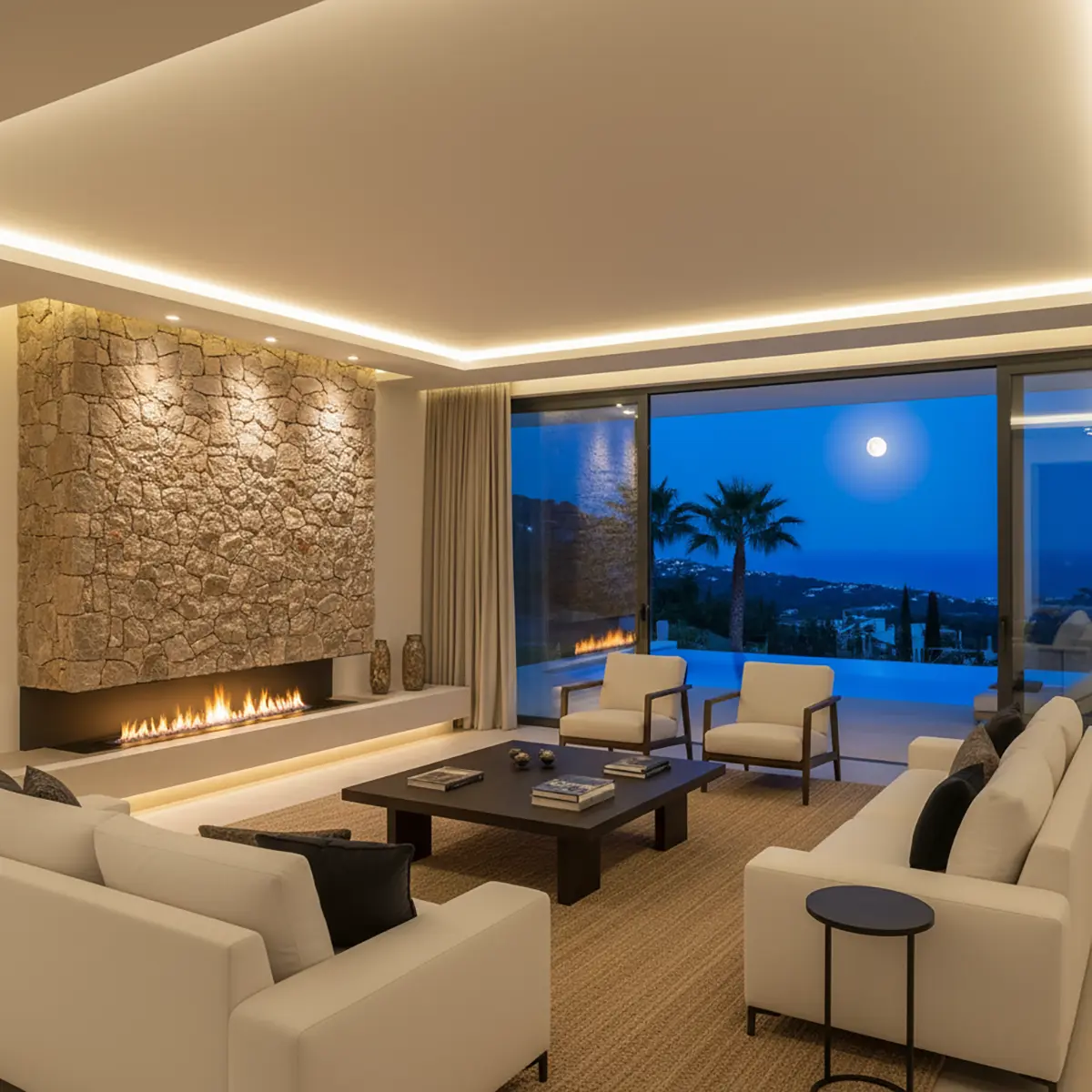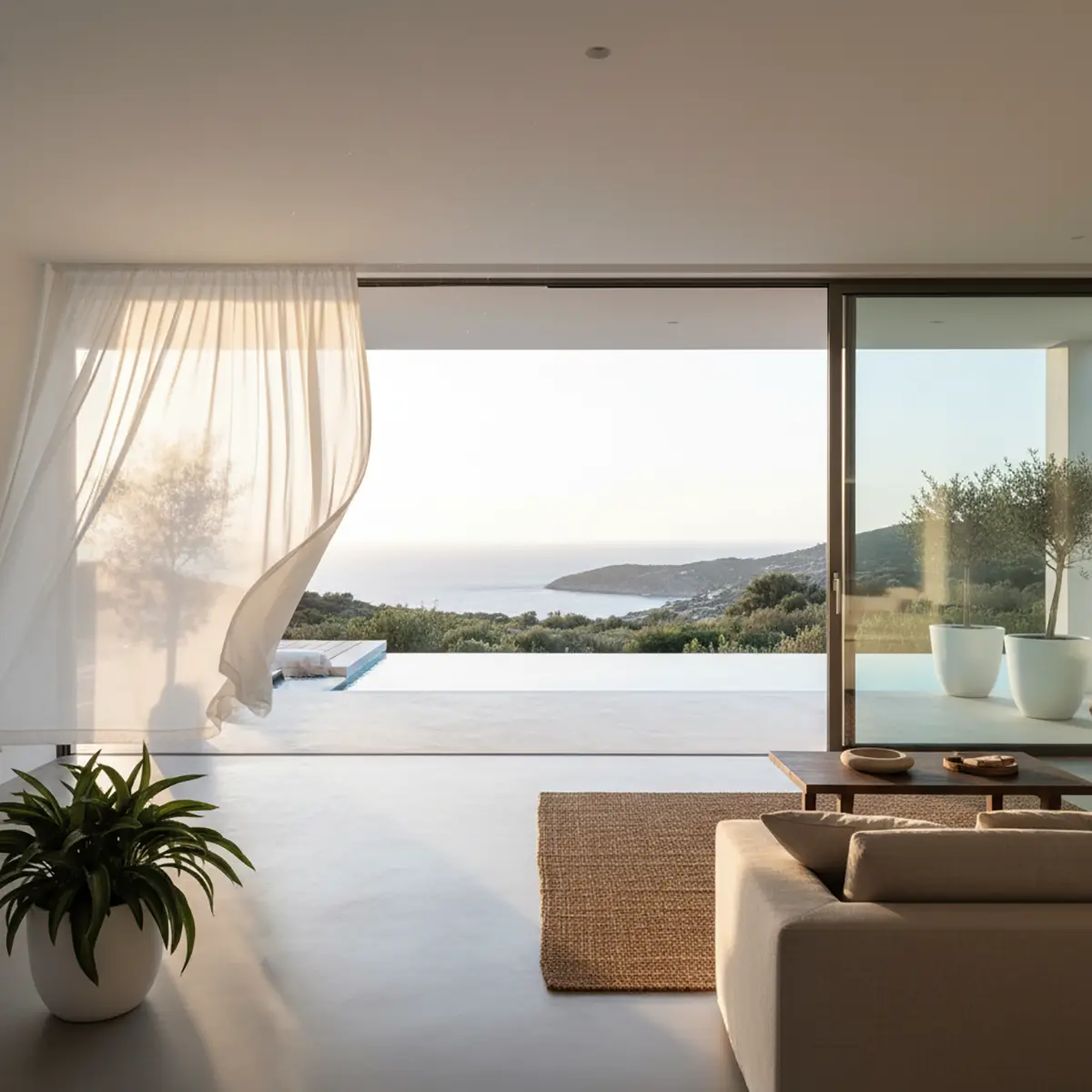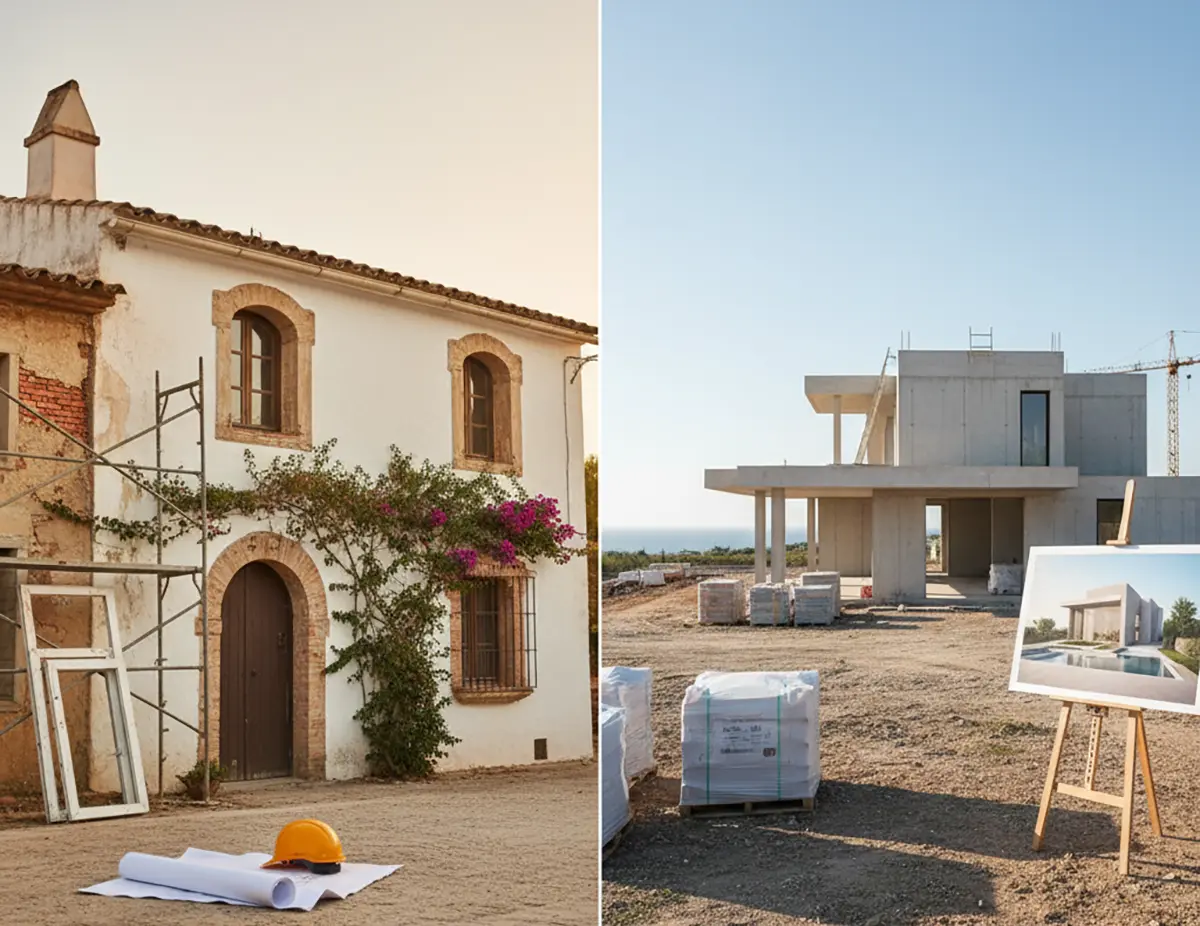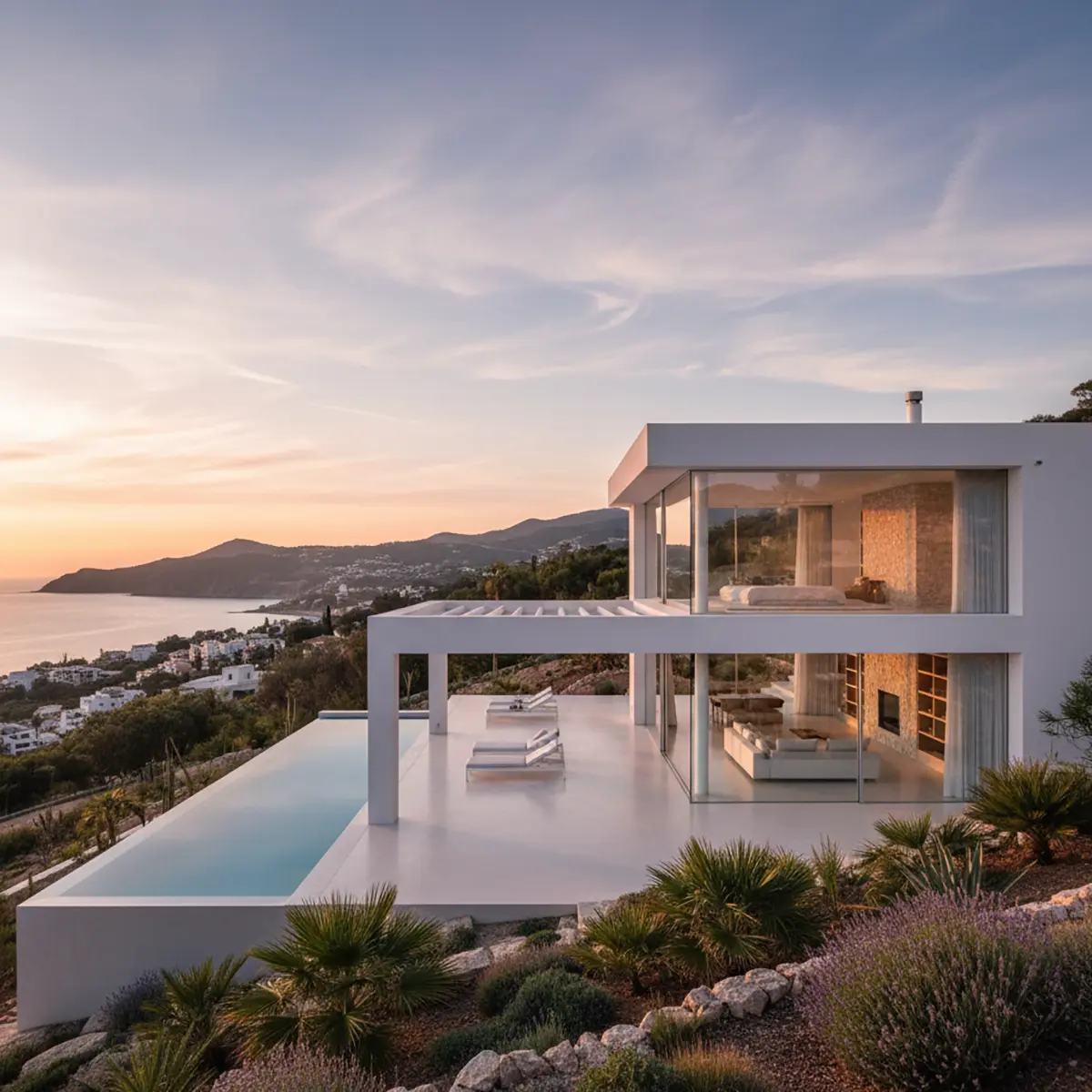NOTICIAS ARQUITECTURA
Todas las novedades, noticias y trucos sobre el mundo de la arquitectura
Iluminación de villas de lujo: Claves para crear atmósferas únicas
Cuando el sol del Mediterráneo se despide y cae la noche sobre la Costa Blanca, una villa de lujo revela su segunda alma. Es el momento en que la arquitectura se viste de luz, las texturas…
Guía de urbanizaciones de lujo en Jávea y Moraira: Encuentra tu rincón perfecto
Encontrar el lugar perfecto dentro de las urbanizaciones de lujo de Jávea y Moraira es el primer gran paso para construir tu casa ideal en la Costa Blanca. Elegir la ubicación es una decisión tan…
El proceso de construcción de una casa: La guía definitiva en 10 pasos
Entender el proceso de construcción de una casa es el primer paso para convertir un sueño en realidad. Embarcarse en la creación de un hogar desde cero en la Costa Blanca es una aventura emocionante,…
La importancia de la ventilación natural en viviendas mediterráneas
Imagina una tarde de verano en la Costa Blanca. Afuera, el calor es intenso. Adentro, en lugar del zumbido constante del aire acondicionado, una suave brisa recorre la estancia,…
¿Reformar o construir en la Costa Blanca? Guía 2025
Tomar la decisión de reformar o construir en la Costa Blanca es, sin duda, el primer gran paso para materializar tu sueño en el Mediterráneo. Es una pregunta que nos hacen constantemente nuestros…
Tendencias arquitectura mediterránea 2025: luz, sencillez y sostenibilidad
El Mediterráneo siempre ha sido un faro de inspiración. Su arquitectura, lejos de ser un estilo estático, evoluciona para abrazar el futuro sin perder su alma. En La Quinta Fachada, no solo…







